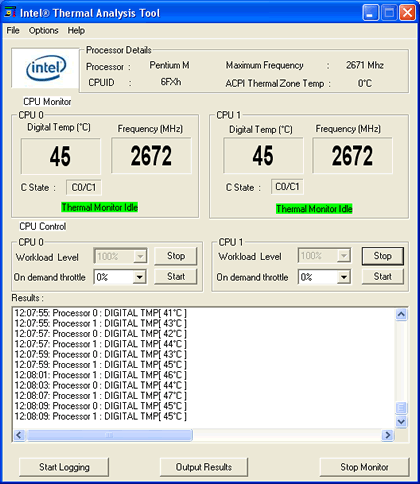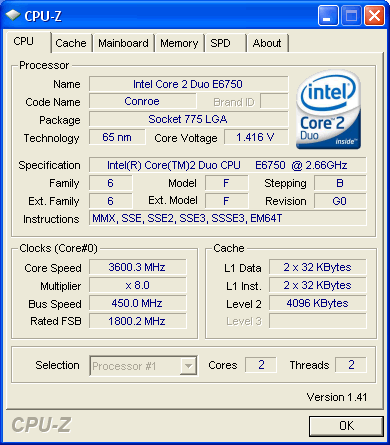CPU Coolers Roundup June 2008
9. Methodology - testbed
All coolers are tested inside a computer case in order to have a better idea of their performance under real life use. This is a controversial subject and most of the coolers manufacturers ask us to do so. Then we try to choose the best motherboard to test all these coolers. This would be the motherboard with many copper heatpipes in order to test the compatibility of the coolers, especially those who have a massive volume. The selected Asus Blitz Extreme was just fine for the situation.
The testbed configuration is as follows:
- CPU: Intel E6750 Retail
- Case: ThermalTake Soprano
- Motherboard: Asus Blitz Extreme Bios 1024
- Memory: 2x1GB SuperTalent DDR3-1600CL7
- PSU: OCZ 720W
- HDD: WD 80JB
- Operating system Windows XP with all the latest updates installed
- Software: Intel Thermal Analysis Tool (TAT) & CoreTemp 0.95.4
- Thermal Paste: Arctic Cooling TX-2
- Idle time: ~30min
- Load time: ~30min
- Case fan rpm: 1250 rpm (full speed)
- RPM speed controllable via SmartFan BIOS or via external hardware controller
In order to produce the highest possible temperature we used Intel's Thermal Analysis Tool (TAT) that offers higher thermal production compared to Prime95 (3-4 Celcius more!).

We left both cores running at full load for 30 minutes. All temperatures were logged via CoreTemp 0.95.4. We set various voltages in order to have the same conditions for all tested CPU coolers:
- PLL Voltage: 1.60V
- DDR3 Voltage: 1.90V
- Vcore: 1.3375V (normal)

- Vcore: 1.4500V (overclock)

We measured the produced noise with Precision Gold N09AQ Environment Meter. Our PC case had already two 120mm system fans (by Thermaltake) installed so their noise is included in the measurements, as well as the noise produced by the power supply unit.
All measurements were made just outside the PC case, mostly near the side panel and on the front, so we had an overall view of the produced noise. Remember that higher rpm means more noise, so we lowered the rpm either via the BIOS smartfan or via the 3pin controller. By doing this we tested all the coolers either at full rpm speed or at low rpm speed.
For all the coolers we used the same thermal compound from Arctic Cooling, the TX-2. We tried to apply the same amount of thermal paste in the same way. All in all we tried to have the exactly same environment conditions in all the tested coolers. It's possible to have differences of 1-2 degrees C from system to system, due to Vdroop (Vcore variations).
Lastly, all tests were performed with the front panel closed, which is the worst case scenario in terms of internal air flow.
